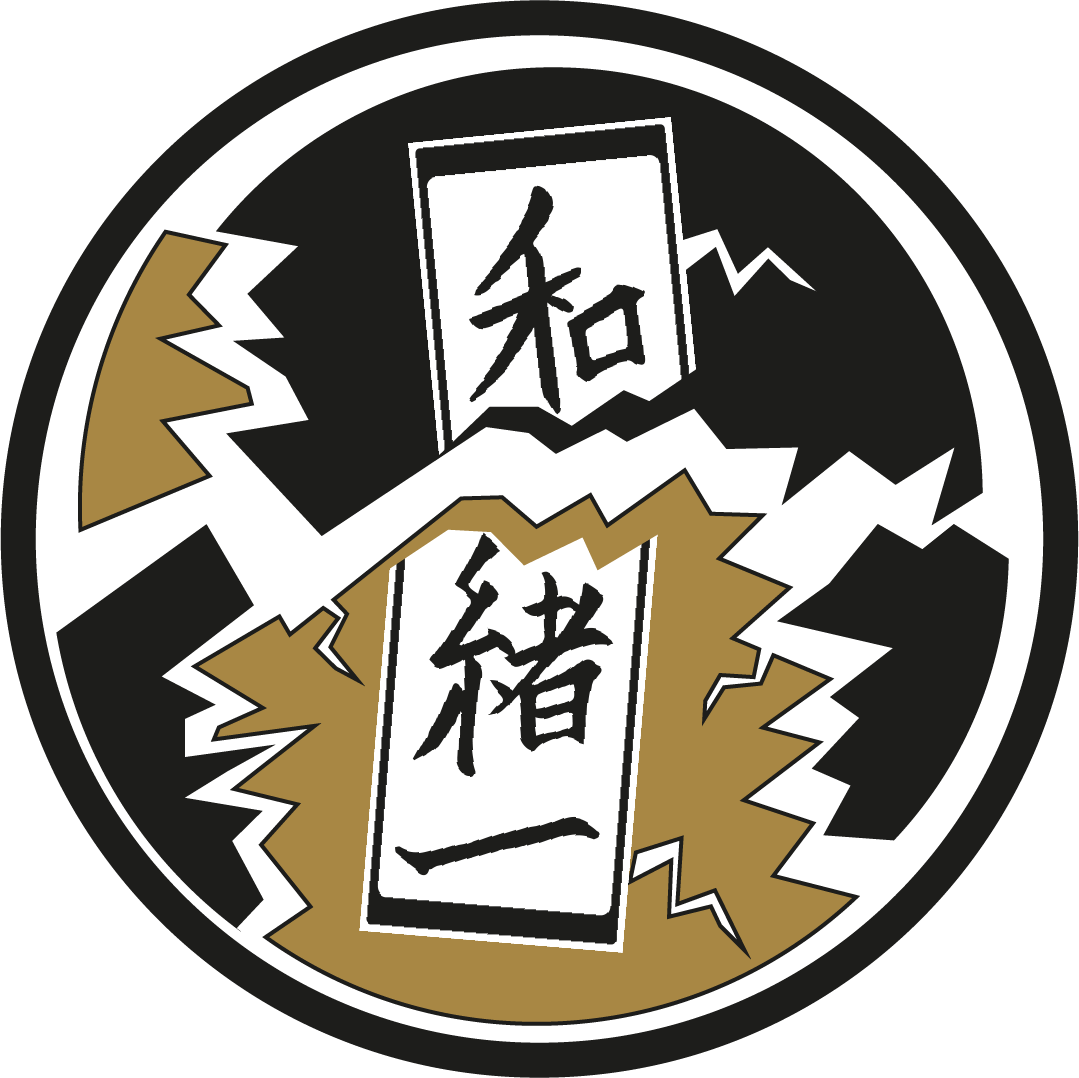What the Future Holds
Talking about the future might be difficult for a number of reasons. No one really knows what will happen, which might make some anxious or give others hope, but in case of the Japanese language there is also a linguistic issue with it. There are so many words corresponding to the English ‘future’ – which one best to use?
The first one that springs to your head might be 未来 mirai. If you like watching anime, you could have seen it, e.g., in the title of the movie Mirai 未来のミライ mirai no mirai. However, you must keep in mind that it is nuanced and should not be used in all contexts indiscriminately. It applies mostly to distant future, the unknown one. It can rather be found in objective expressions and is not used as an adverb. For example, you might say 3700年後の未来にラーメンは食べられるでしょうか 3700 nengo no mirai ni rāmen wa taberareru deshouka – ‘Will we be able to eat ramen in the future 3700 years from now on?’.
The other most-commonly used word for ‘future’ would be 将来 shōrai. This one, in contrast with the previous one, applies to the closer future, can be found in more subjective expressions and can be used as an adverb. You will most likely opt for this word when speaking about your plans for the time to come. For example, Japanese children are asked 将来何になりたいですか? shōrai nani ni naritai desuka?, which means ‘What do you want to be in the future?’.
Other options when talking about what lies ahead include 前途 zento and 先行き sakiyuki. They both have the nuance of ‘future prospects’ and are conneceted to the notion of time as a road, as 前途 literally means ‘the way in front’ and 先行き ‘going ahead’. They might not come up in just any everyday conversation, being slightly more poetic, but are still commonly used words that you could find, e.g., in a book.
Even if you don’t know what you will be doing in a week, month or a year, at least now you know how to talk about it in Japanese. May your future be bright – 輝く前途を!(kagayaku zento wo)
Written by AL

